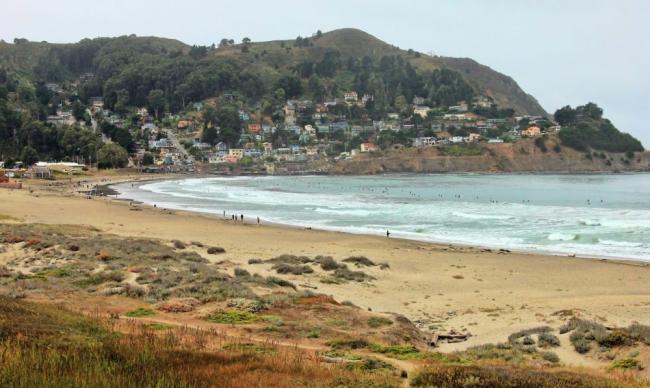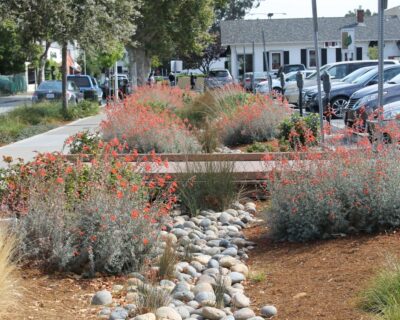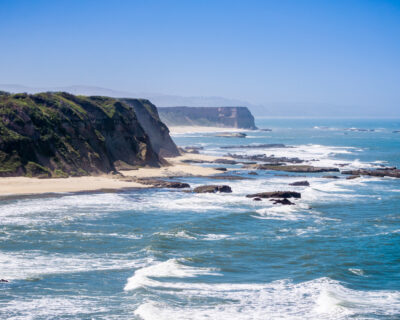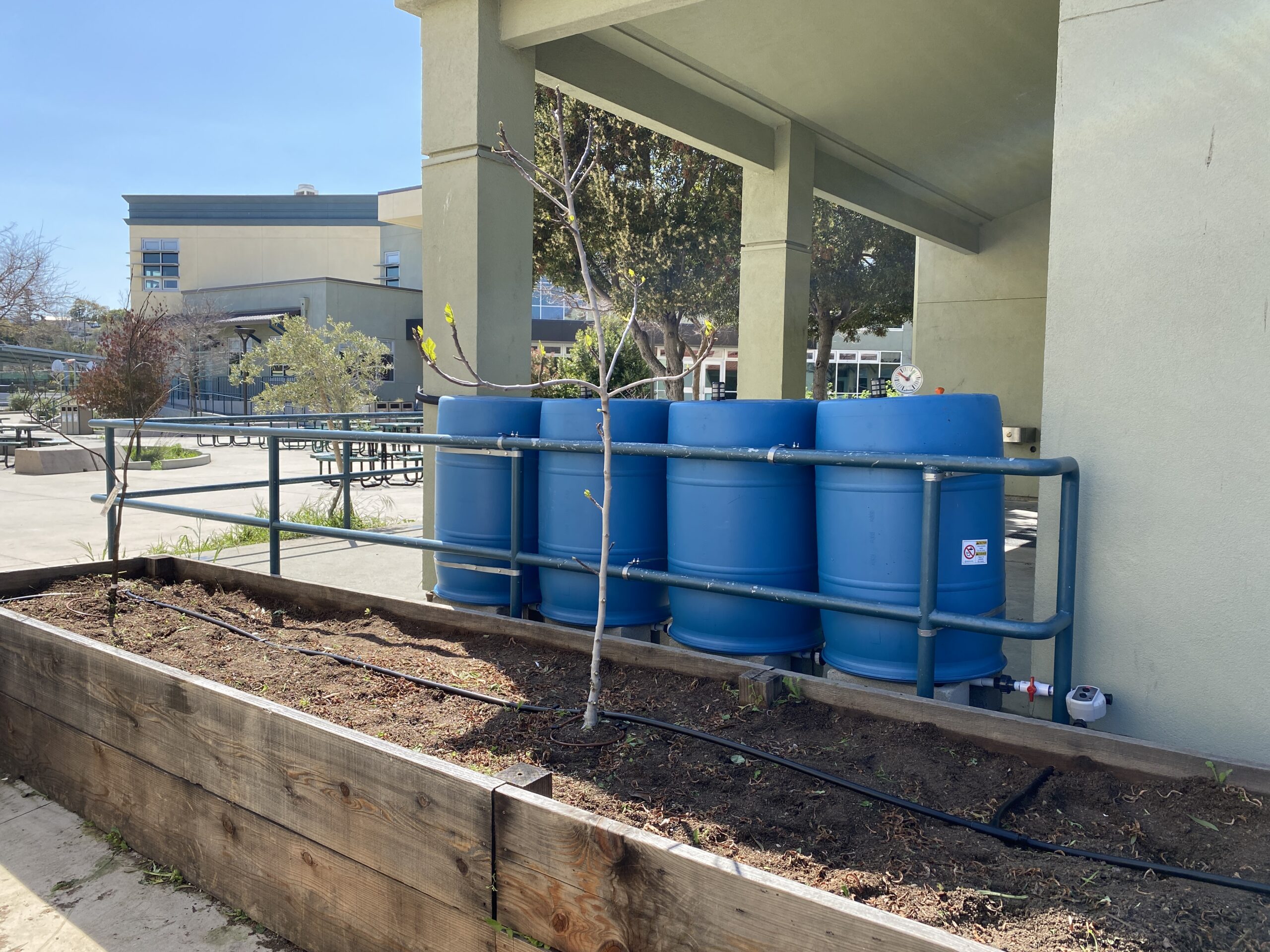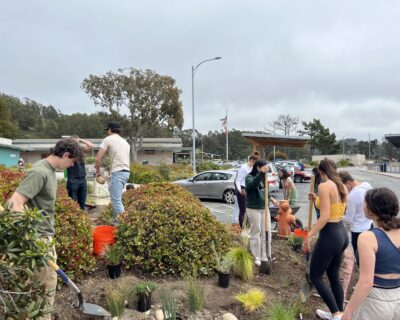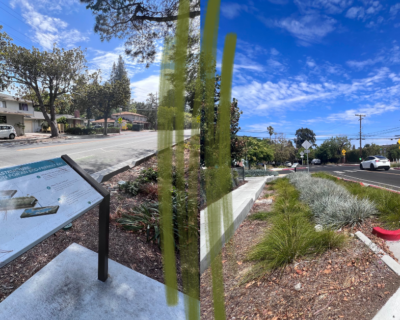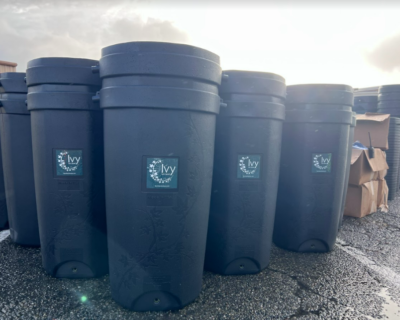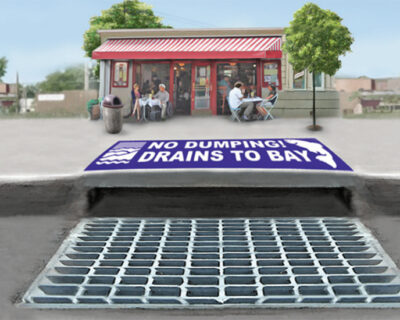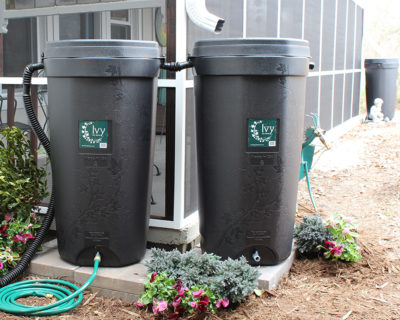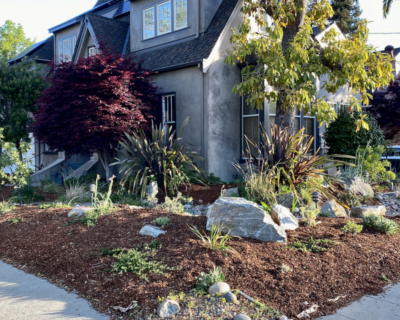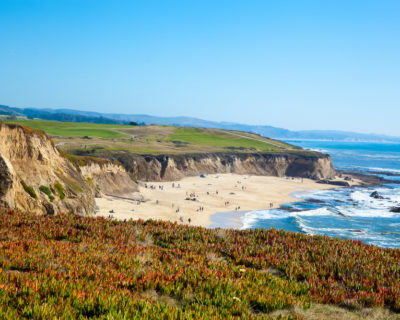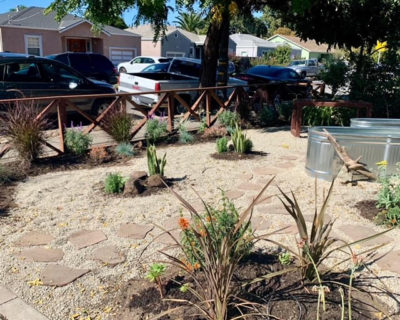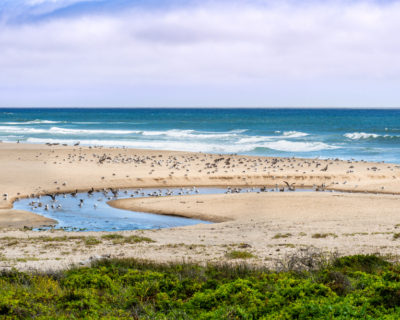This year, four out of ten of the most polluted beaches in California were in San Mateo County, according to Heal the Bay’s annual report card released in early June. Labelled as the “Beach Bummers” for receiving an F grade in water quality, they included: Lakeshore Park, Marina Lagoon (San Mateo), Linda Mar Beach at San Pedro Creek (Pacifica), Roosevelt Beach, south of the parking lot (Half Moon Bay), and Surfer’s Beach, south end of the riprap (Half Moon Bay).
All four beaches made the list due to bacterial pollution which can come from various sources, such as leaking or overflowing sanitary sewers, homeless encampments, wildlife, and pet waste. Beachgoers who come in contact with polluted waters have a much higher risk of contracting illnesses like ear infections, skin rashes, and the stomach flu, to name a few. To help protect the public, the County of San Mateo Health System actively monitors the water quality at recreational beaches and alerts the public when there are concerns.
Though there are multiple pathways for pollutants to reach our creeks, the Bay, and the ocean, stormwater can be a significant contributor to poor water quality by flushing contaminants and bacteria from our streets into urban waterways. Stormwater is rainwater that does not soak into the ground. It flows from rooftops and over paved areas, bare soil, and sloped lawns. As it flows, stormwater runoff collects and transports animal waste, litter, pesticides, fertilizers, automotive fluids, and other potential pollutants.
Pollution in stormwater runoff can make water bodies in San Mateo County unsafe for fishing, swimming, and other recreational activities. To address the problem, the cities and county are focused on improving water quality by developing long-term plans to use “green infrastructure” to clean stormwater. Green infrastructure uses nature-based solutions to capture and treat stormwater as it soaks into the ground rather than flowing directly into creeks and other waterways. Rain gardens, stormwater planter boxes, vegetated bulb-outs, and urban trees are examples of nature-based solutions that help reduce flooding and filter stormwater runoff.
“Managing stormwater, both to reduce pollution and the amount of runoff, is a serious issue facing San Mateo County. Not only is it affecting water quality at our beaches, it causes flooding and erosion of coastal areas. We need to manage stormwater as a resource, not a waste, and proactively act as stewards of our naturally beautiful communities in San Mateo County,” said Maryann Moise Derwin, Chair of the City/County Association of Governments of San Mateo County (C/CAG).
According to the U.S. Environmental Protection Agency, “Green infrastructure is a cost-effective, resilient approach to managing wet weather…by reduc[ing] and treat[ing] stormwater at its source while delivering environmental, social, and economic benefits. Green infrastructure uses vegetation, soils, and other elements and practices to restore some of the natural processes required to manage water and create healthier urban environments.”
C/CAG has already developed a countywide stormwater resource plan and recently received a Caltrans grant to create a Sustainable Streets Master Plan. The master plan aims to prioritize roadways in the county that are prime locations for integrating green infrastructure with other community priorities and planned investments, such as bicycle and pedestrian improvements, pavement maintenance, and utility upgrades. C/CAG recently awarded $2.1 million to 10 municipalities for integrating green infrastructure with “Safe Routes to Schools” improvements. These efforts will support the cities, towns, and the county in creating local green infrastructure plans to address long-term stormwater issues.
Residents of San Mateo County can take individual action to protect the health and beauty of our water bodies by picking up after their pets, implementing eco-friendly gardening and auto maintenance practices, and properly disposing of household hazardous wastes, to name a few.
“Protecting our water resources is everyone’s responsibility. Each resident of San Mateo County can show pride in their local beaches by doing their part in preventing stormwater pollution,” said Matthew Fabry, Manager of the San Mateo Countywide Water Pollution Prevention Program.
